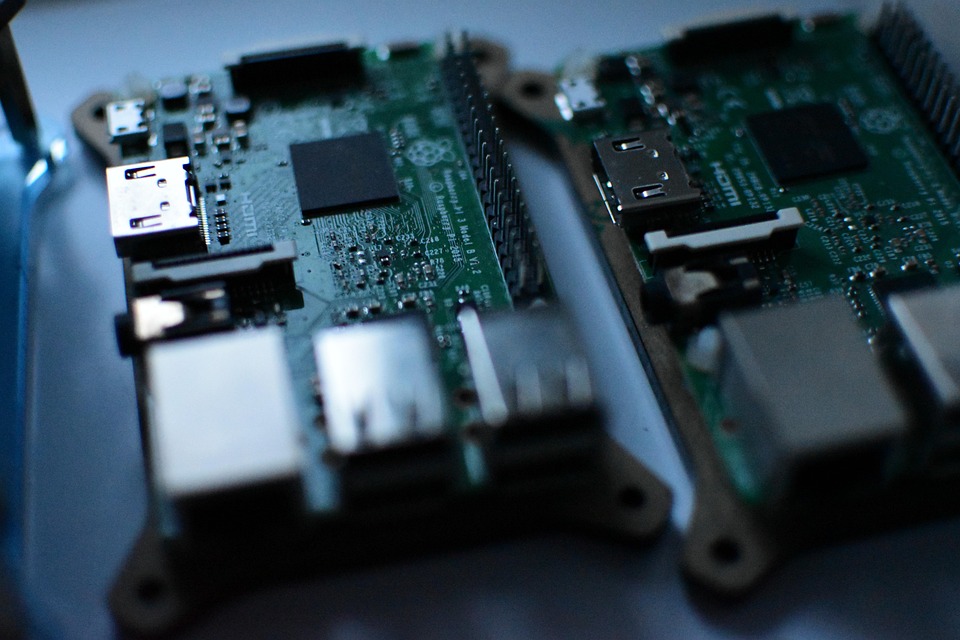Energy Efficiency Meets Innovation: IoT Applications in Sustainable Living
As the world grapples with the pressing challenges of climate change, energy sustainability has become a focal point of innovation and progress. Among the myriad solutions vying for attention, the Internet of Things (IoT) stands out as a transformative technology, merging energy efficiency with everyday living. By embedding smart technology in our homes, cities, and industries, IoT applications are revolutionizing the way we consume energy, paving the way for a more sustainable future.
Understanding IoT and Its Impact
The Internet of Things refers to a network of interconnected devices that communicate and share data over the internet. This interconnectivity allows for real-time monitoring, analysis, and automation of various processes, significantly improving efficiency in countless applications, especially in energy management.
Smart Homes: The Future of Living
One of the most notable applications of IoT in sustainable living is the concept of the smart home. Through smart meters, energy-efficient appliances, and devices, homeowners can monitor and control their energy consumption with unparalleled precision. For instance:
-
Smart Thermostats: Devices like Nest learn homeowners’ habits and adjust heating and cooling schedules automatically, minimizing energy waste.
-
Smart Lighting: LED bulbs connected to IoT systems can adjust brightness based on occupancy and natural light, dramatically reducing electricity usage.
- Energy Monitoring Systems: These systems provide real-time feedback on energy consumption, empowering users to make informed decisions about their energy use.
Sustainable Cities: Urban Innovation
Cities are the epicenters of energy consumption and greenhouse gas emissions. Integrating IoT technology into urban infrastructure significantly enhances energy efficiency. Examples include:
-
Smart Grids: These utilize IoT sensors to monitor energy flows and optimize distribution, reducing waste and allowing for more renewable energy sources to be integrated.
-
Smart Waste Management: Through IoT-enabled waste bins equipped with sensors, cities can optimize waste collection routes, minimizing fuel consumption and reducing environmental impact.
- Public Transportation: Real-time data from connected vehicles and transit systems can improve route planning and reduce congestion. Electric buses, monitored through IoT, can charge based on demand, cutting down on energy waste.
Industrial Applications: Greener Manufacturing
Industries represent another area where IoT is making significant strides towards sustainability. Smart manufacturing techniques utilize IoT to enhance energy efficiency by:
-
Predictive Maintenance: Sensors on machinery can predict failures before they happen, ensuring equipment runs at optimal energy levels and reducing downtime.
-
Resource Management: IoT devices can monitor energy consumption in real-time, allowing companies to make immediate adjustments to minimize waste.
- Supply Chain Optimization: IoT helps track resources through the supply chain, identifying inefficiencies and reducing the environmental footprint of transportation and logistics.
Challenges and Future Prospects
While the potential of IoT in promoting energy efficiency is immense, several challenges remain. Security is a significant concern, as interconnected devices can be vulnerable to cyber threats. Additionally, the initial costs of deploying IoT technology can be daunting for some households and businesses.
However, as technology advances and costs decrease, the potential for widespread adoption grows. Governments and organizations are increasingly recognizing the value of IoT in achieving sustainability goals. Incentives for green technology, along with public awareness campaigns, will likely drive the adoption of these innovative systems.
Conclusion
The convergence of energy efficiency and innovation through IoT applications is a promising avenue for sustainable living. As we harness the power of interconnected devices, we can transform our homes, cities, and industries, ultimately contributing to a healthier planet. The path toward a greener future is not just a vision but increasingly a reality, thanks to the transformative capabilities of IoT technology. Embracing these innovative solutions is crucial for individuals, businesses, and policymakers alike, as together, we pivot toward a sustainable and energy-efficient world.


